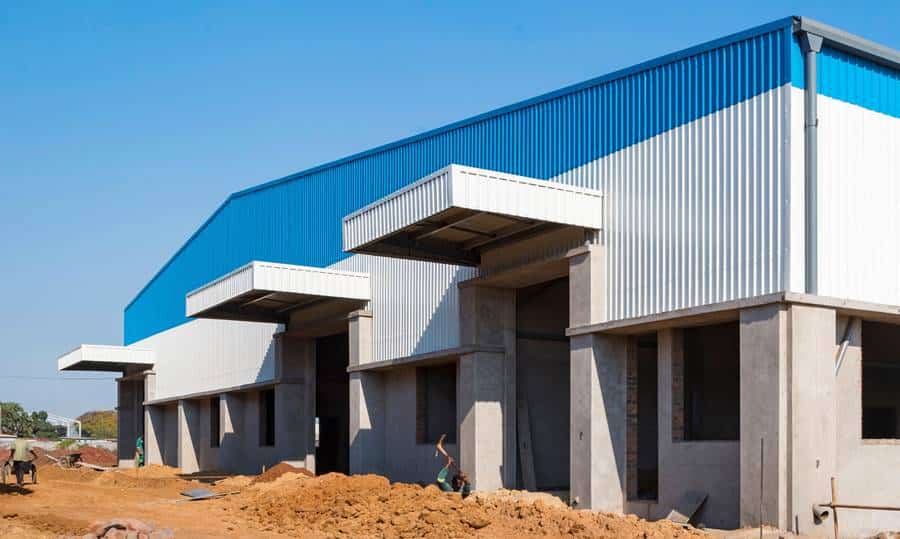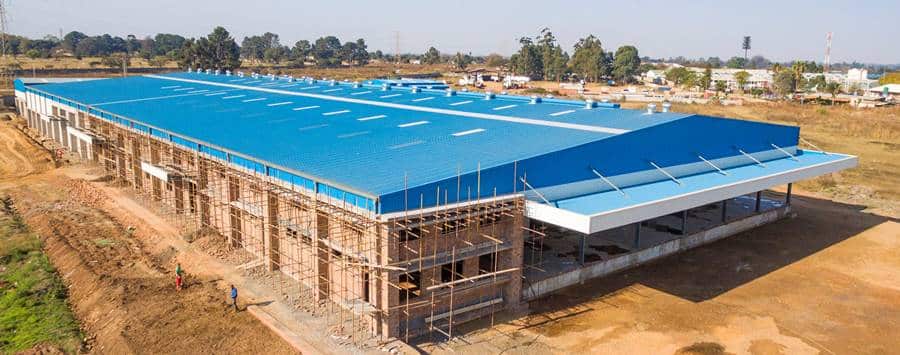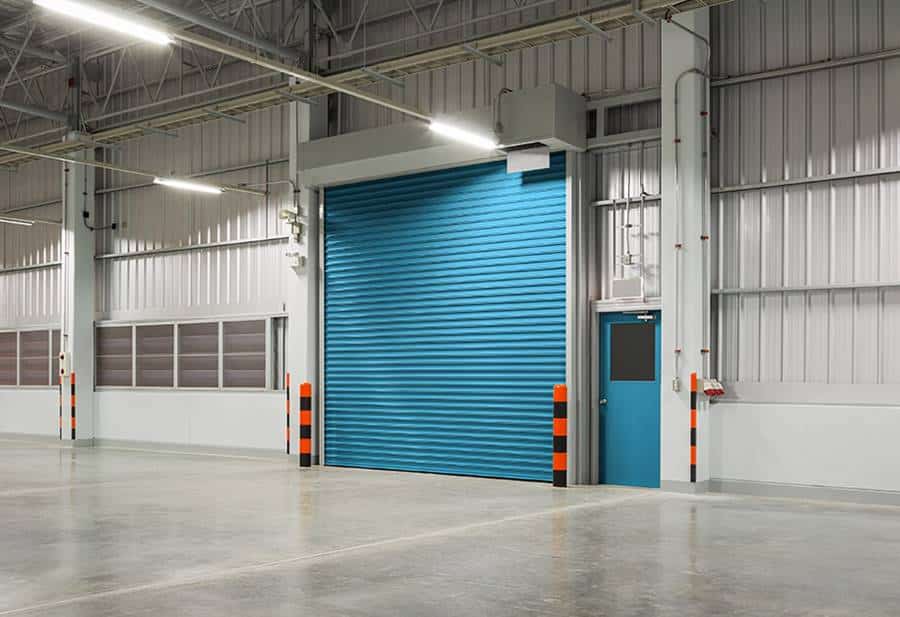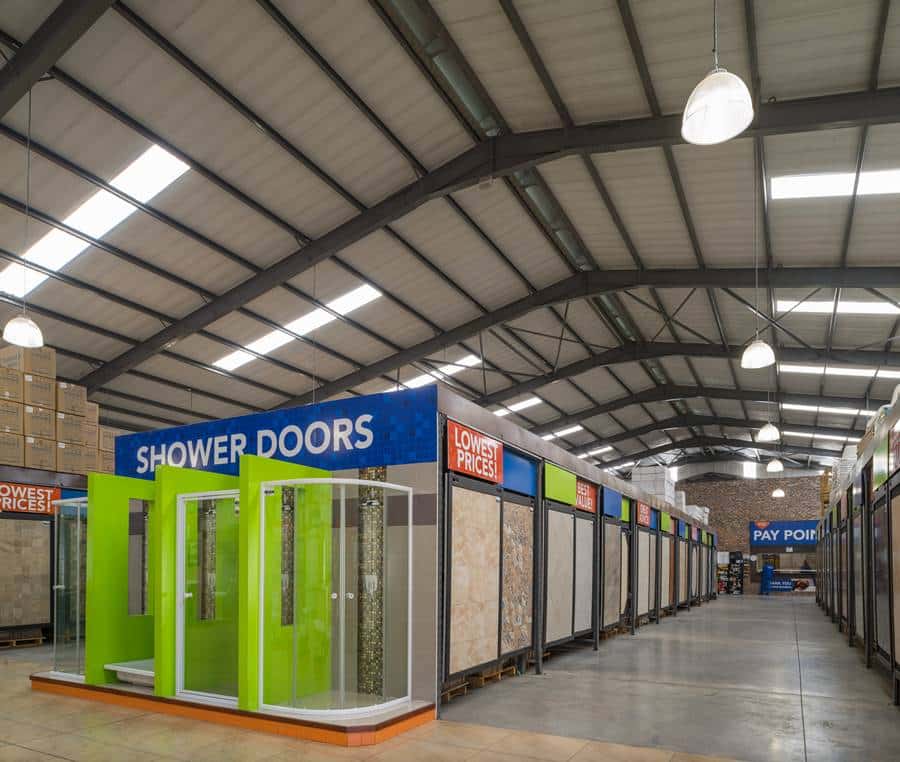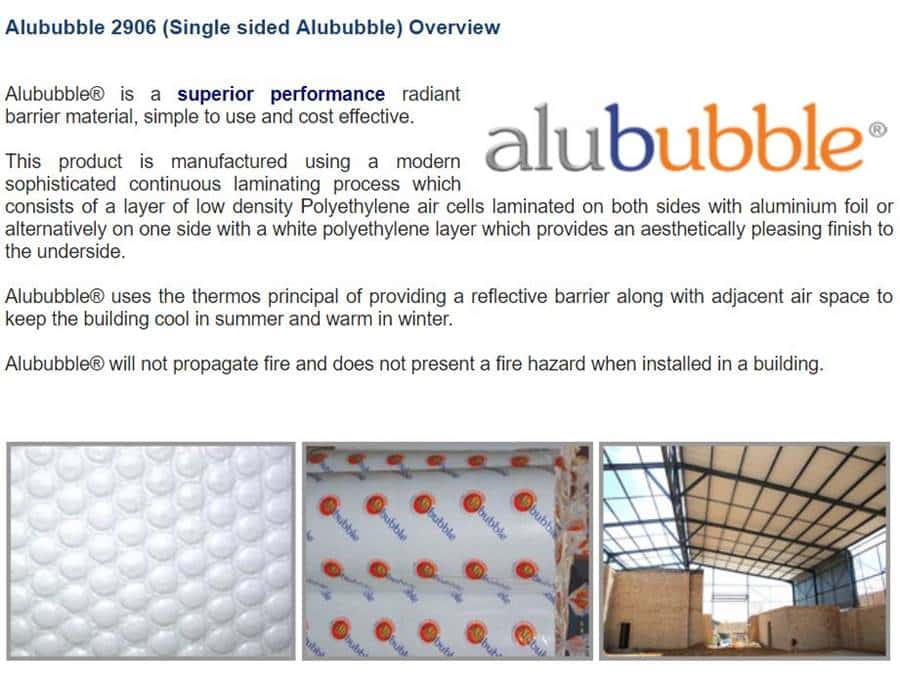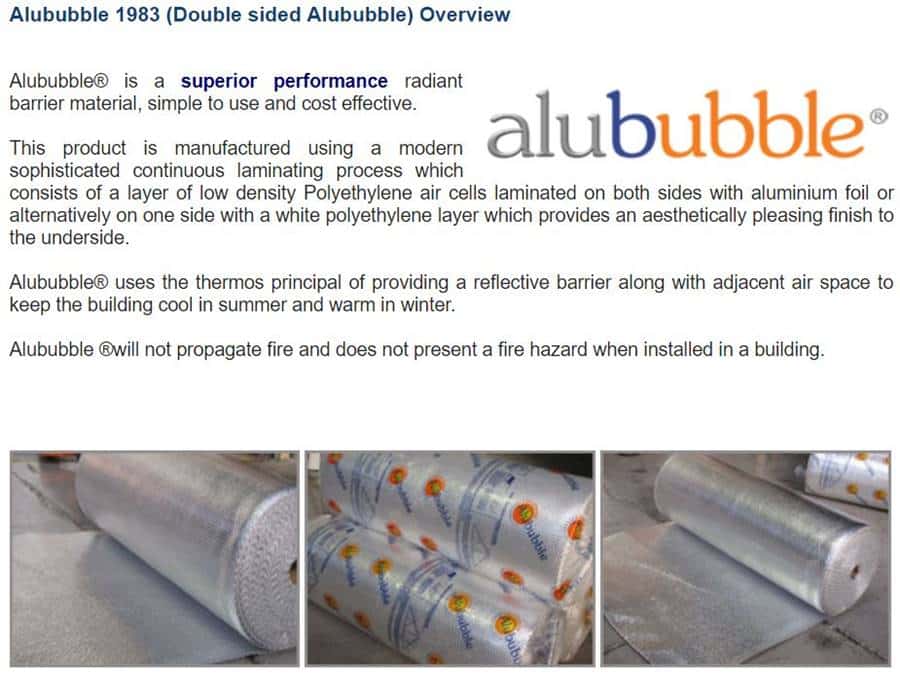Why Steel Structures?
Steel structures are popular due to the many advantages they have over more traditional building methods using timber, concrete and masonry. Steel structures are built in factories under controlled manufacturing conditions whereby quality control to tight tolerances can be monitored. The parts are then shipped to the site and erected and bolted together. Key advantages over other building types involve:
- Construction time: Steel buildings designed and manufactured correctly can and should be constructed way faster than other building methods. It is not unusual for one to notice that over a weekend a large steel building has suddenly shot up ‘overnight’. Construction times can be up to 40% faster than traditional methods. This translates into earlier occupancy and early revenue for the landlord/tenant.
- Lower cost: Savings are generally attained due to the speed of the steel building process. Another area that generates savings is where PEB (Pre-Engineered Building) systems are used and steel sections are optimized for the stresses they are subject to. This means less steel is effectively used to achieve the same objective and so savings are made.
- Large clear spans: Steel buildings can be designed to span up to 90m of uninterrupted space that is ‘column free’. This is nearly impossible to attain with any other building method.
- Kit forms: Todays top Steel Building suppliers can supply steel buildings to remote locations in kit form whereby everything needed for the building arrives on a single or couple of loads.
- Flexibility of expansion: Steel buildings can easily be designed and fabricated in phases to suit a client’s budget and expansion plans.
- Quality Control: The fact this type of building is pre-fabricated off-site under factory-controlled conditions ensures that this method of building is far superior to any other with regards to quality control issues. At Brown Engineering Group it is not uncommon to put up a steel building where not a single bolt is out of alignment or does not fit.
- Low maintenance: High-quality paint systems and modern cladding systems ensure these types of buildings have durable long-lasting finishes and relatively little costs over the years.
Pitches & Truss Types
There are many technical arguments for utilizing different pitches and truss types. Brown Engineering Group will tend to work with pitches of 12 degrees and less. Obviously, projects requiring higher pitches for aesthetics can be accommodated. Brown Engineering Group will utilize different truss types to achieve defined customer objectives:
For structures spanning up to around 24m wide lattice structures are extremely light and cost-effective. BEG has installed hundreds of thousands of square meters of these structures in the region from Agri to poultry to commercial applications. They cannot be beaten on simplicity, time and cost parameters when it comes to lighter and narrower structures. Lattice structures are predominantly made from angle iron which tends to be the cheapest steel in terms of $/ton.

Portal Truss Structures tend to be cost-effective from 25 to 32m spans offering a shallow truss structure where eves clearance is important. These structures utilize ‘hot rolled sections’ of steel, mainly I Beams and have reduced part counts for ease of fabrication. These structures have a ‘chic’ clean looking appearance popular for retail showrooms and the like. BEG has years of experience in installing a range of portal structures from small to large structures.

Taper Framed Trussed buildings also known as Pre-Engineered Buildings (PEB’s)are some of the most efficient steel buildings when spanning spans in excess of 30 meters and up to 90m. In pre-engineered buildings, the trusses used are usually formed by welding together steel plates to form the I section. These structures tend to be very efficient with high structural performance on larger span structures. Brown Engineering has fabricated many Megastructures covering up to 20 000m2 with this method. Taper Framed Structures require specific fabrication techniques and equipment such as Plasma Tables which BEG has on its shop floor. A big advantage of this type of structure is the speed of procurement as BEG stock materials for typical PEB sizes.

Castellated Trusses: A castellated beam is a beam style where a hot rolled I-beam is subjected to a longitudinal cut along its web following a specific pattern in order to divide it and reassemble the beam with a deeper web by taking advantage of the cutting pattern. There are cost savings for the end user by increasing the performance of structures in this way. BEG is kitted out with the necessary plasma cutting machinery to produce a range of castellated beams.

The Steel Building Process
Our aim at Brown Engineering Group is to ensure the steel building process is a highly convenient process that quickly delivers a steel building to the customer's requirements and time frame, ensuring a great customer experience. The process can vary between standard structures and bespoke projects and this is critical, but the key steps included in a project include:
Meet & Greet
Base Building Budget
Site Visit and Drone Survey
Quote
Acceptance of quote and deposit payment
Allocate Project Manager
Steel and Civil Drawings Detailing
Drawings and Specification sign off
Civil Work Installation
Fabrication
Delivery
Installation
Sign off and Aftercare
Customising Your Building
Once a base building layout is defined customers may wish to address the ‘frills’:
Loading or entrance canopies are particular to a client’s requirements and we have a range of tried and tested solutions that will fit your needs:
The key types of doors range from pedestrian access to roller shutters to sliding and hinged doors. Within a category of say roller shutter doors ‘wicket gates’ and the like can be added for customization. Although Brown Engineering Group supplies typical stock standard roller shutters there is a wide range of these doors and finishes to choose from. Brown Engineering partners with leading suppliers. Please see this link for more details.
Insulation is integral to certain building types like retail space. Brown Engineering Group tends to use the coated wire and Alububble system which is neat and looks professional. For more technical details such as data sheets for these products please follow this link.
Mezzanine Structures are useful as admin or storage areas. Sometimes a mezzanine floor is a section of the building off to one side of the building, sometimes a mezzanine floor is more of a second storey. Brown Engineering Group has designed mezzanines to accommodate admin spaces and storage. On some projects, the loadings on the mezzanines have exceeded one ton per m2 of floor space. Brown Engineering Group utilizes the Bond-Dek System and other proprietary methods to achieve speedy composite floor installations which make up the mezzanine floor.

Dependent on project location and utility the steel preparation and finish required can vary. Most projects in the high veld will simply receive a de-greaser followed by a mechanical brush, shop primer and quick drying enamel (QD) top coat. Coastal applications may call for galvanized finishes. Mines often will require an abrasive blast preparation to SA 2.5 or 3 standard followed by twin pack paint finishes such as epoxies etc. Brown Engineering Group has the technical ability to complete projects according to NACE Standards if required. Our common QD colour is a gunmetal grey type finish which is cost-effective, however a wide range of RAL colour tints are available.

Brown Engineering Group imports coils of roof sheets from ArcelorMittal being the regions most cost effective colour coils for roof sheeting purposes. Brown Engineering Group produces the wide span profile which we roll at our premises. Brown Engineering Group does not carry the full range colour coil stock how ever if projects are carefully planned and have long enough lead times special orders can be placed for specific colours. For more information on wide span see this link.
For more information on Chromadeck colours see this link, or download the colour chart.
Internal and natural lighting adds an important dynamic to a building – too few poly sheets – not enough light – too many and your building turns into an oven. Brown Engineering Group partners with Palram South Africa which an international leader in the development, application and production of Poly Carbonate Roofing solutions. Brown Engineering Group stocks opaque and clear colours in the Suntuff Range to match our Widespan Roof Sheet Profile.
Ventilation is an important element in any building type. There are several ways to vent buildings from designing the ventilation into the roof trusses, to louvres to Ridge vents, to sloped vents to Wind turbine type vents. Each type of ventilation method has its pros and cons which our reps can advise on. A key consideration is bird and insect proofing which are integral to certain industries such as the food and beverage sector.


